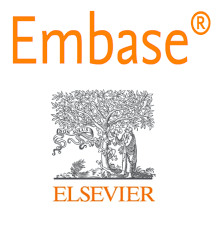The Role of Corticosteroids in Managing Hearing Loss in Children and its Risk Factors and Sociodemographic profile: A Hospital based study
Keywords:
Hearing loss, corticosteroid, tympanic.Abstract
Background: Paediatric hearing loss (HL) is influenced by sociodemographic and clinical risk factors. Corticosteroids are widely used, but their efficacy across different subgroups remains understudied. Objective: To assess (1) corticosteroid effectiveness in 54 children with HL, (2) sociodemographic (age, gender, socioeconomic status) and risk factor (otitis media, noise exposure, family history) associations, and (3) odds ratios (OR) for treatment success. Methods: Prospective observational study of 54 children (5–15 yrs) with HL in West Bengal. Hearing improvement (≥10 dB PTA gain) post-steroids (oral/intratympanic) was analysed. Sociodemographic and risk factors were collected via questionnaires. Statistical analysis included OR, chi-square, and logistic regression. Results: Hearing improvement: 68.5% (OR = 3.2, 95% CI: 1.4–7.1). Key risk factors: Otitis media (OR = 4.1, 95% CI: 1.8–9.3), urban residence (OR = 2.3, 95% CI: 1.1–4.9). Sociodemographic: Lower improvement in rural (OR = 0.4, 95% CI: 0.2–0.9) and low-income groups (OR = 0.5, 95% CI: 0.2–1.0). Conclusion: Corticosteroids are effective, but efficacy varies by sociodemographic and risk exposure.
.png)









